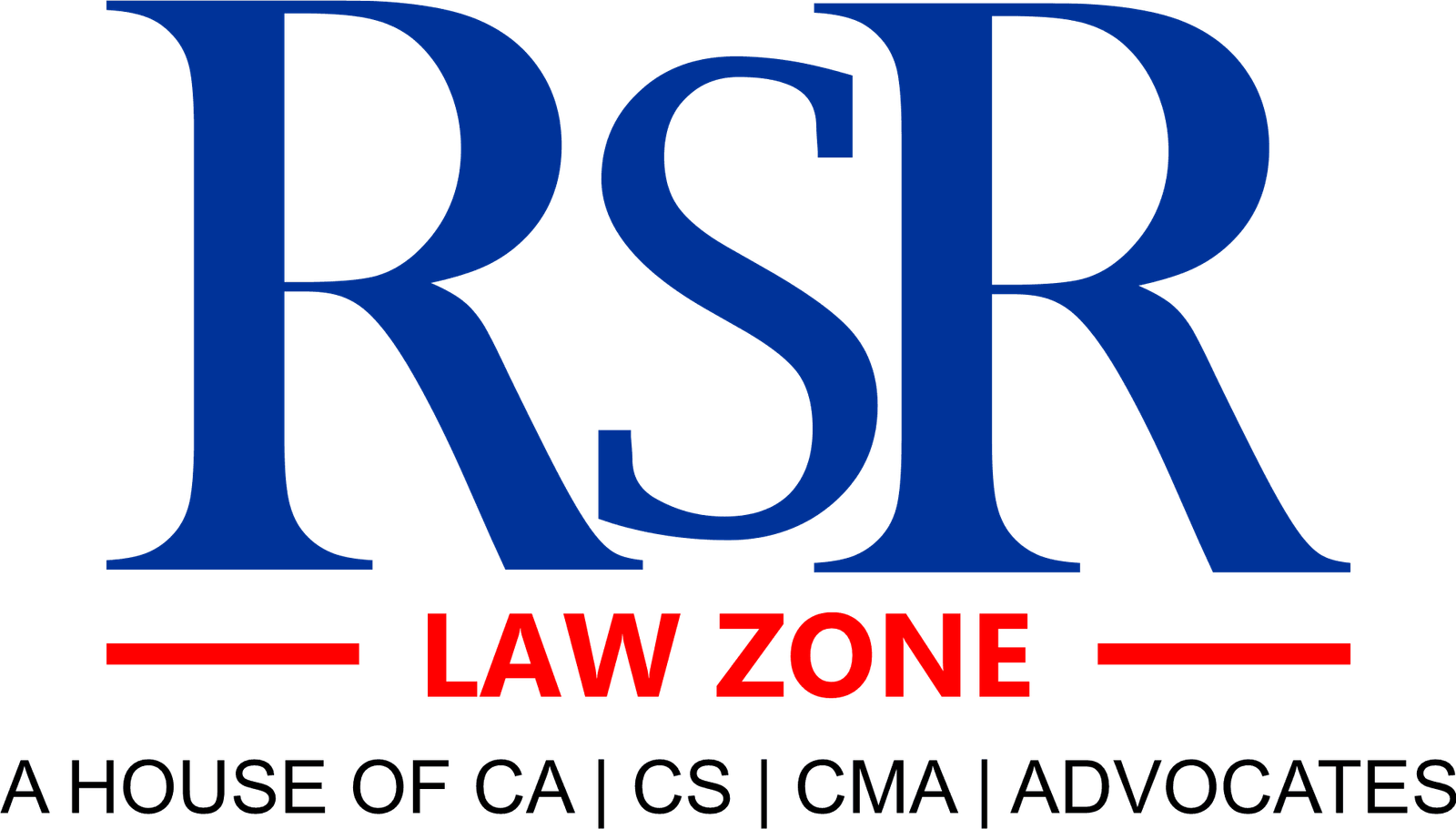Trademark Opposition
This is the point at which the general public or any party that believes that your trademark should not be listed opposes it. The stage of resistance is a critical step since your trademark may be refused or abandoned.
Served Over 8000 Startups and MSMEs
4.6/5 Google Review
A policy of 100% satisfaction guaranteed
INTRODUCTION
What exactly constitutes a trademark opposition?
Trademark opposition in India occurs after the registrar has accepted the trademark application on the uniqueness factor and published the trademark in the journal for third-party opposition. Anyone may dispute the published trademark within three months, which can be extended for an additional month (3+1), commencing on the day it was originally published. If the mark is contested, an opposition process is started. Following that, both sides must reach an agreement, and a decision is made. The decision on whether the mark can be registered or abandoned will be made. There are no restrictions on submitting an opposition. Anyone who considers that the published mark may cause misunderstanding in the public can file for the
Advantages of filing Trademark Opposition
Highly effective treatment for TM owners
Trademark opposition plays a very important function since it allows registered trademark owners to stop any other mark that might hinder/dilute their brand or cause any possible confusion in the market.
Consultation open to the public
Because the brand is developed via public popularity and demand, it is important to poll the public for permission on the registrability of the proposed trademark.
A LIST OF DOCUMENTS
Documents necessary for filing a Trademark Opposition
Details about the application
Name, address, nationality, and other relevant information about the applicant. Body corporates/other types must present with registration certificate.
Power of Attorney
It authorizes the attorney to submit the trademark objection on your behalf.
Affidavit
Affidavit including basic information regarding the trademark, its user date, and proof of usage.
Specifics of the opposing mark
Detailed information concerning the mark against which the objection is to be filed, such as the name and basic grounds for submitting the opposition.
How to Choose a Name for Your Company
If the brand is close to or identical to an older or already registered trademark.
If the mark is commonly used in the present language or is part of established business operations
If the mark lacks any distinguishing characteristics or is descriptive.
If the mark is contradictory to the law or outlawed under the Emblem and Names Act of 1950
The trademark has a high likelihood of misleading the public or causing misunderstanding.
The mark contains content that is likely to offend religious sensitivities of any class or group of people.
FOLLOW RSLAWZONE.IN INTOUCH
How to File a Trademark Opposition in Three Simple Steps
1. Respond to Quick Questions
- Take less than ten minutes to complete out our online questionnaire.
- Upload all of the needed documentation.
- Pay using a safe and secure payment gateway.
2. Specialists at Your Disposition
- Manage dedicated relationships.
- Consultation about the Trademark Opposition Application
- Provide the needed documentation.
- Please include the application number and TM registration certificate (if applicable).
- Application Preparation and Filing
3. Your Trademark Opposition Application is prepared.
- It takes around 15-20 working days
Schedule for incorporation
Trademark Opposition Process
Day 1 - 2 Collection
- Talking about and gathering fundamental data
- Give the necessary paperwork.
Days 3 - 7 Execution
- Professionals drafting the application for opposition
Days 8 - 9 Submission
- submitting a TM-O application online
Common Queries
- A third party can start a court case against a trademark that the trademark office offers for challenge known as a trademark opposition.
- Anyone feeling harmed by the registering of a trademark can object. This includes people interested, competitors, or owners of a similar trademark.
- Reasons to challenge a trademark can vary, including its descriptive nature being not unique, risk of confusing it with another trademark, or not using it .
- The practice generally files a notice of opposition with the Trademark Office within a specified period of time after the mark is published. All parties then have an opportunity to present their case and supporting documents before a decision is made.
If the opposition is successful, the trademark application may be rejected or sanctions imposed. The applicant could also contact the other party to resolve the dispute.
The length of time might vary greatly based on the intricacy of the case and the trademark office’s protocols. The resolution process might take many months or even years.

